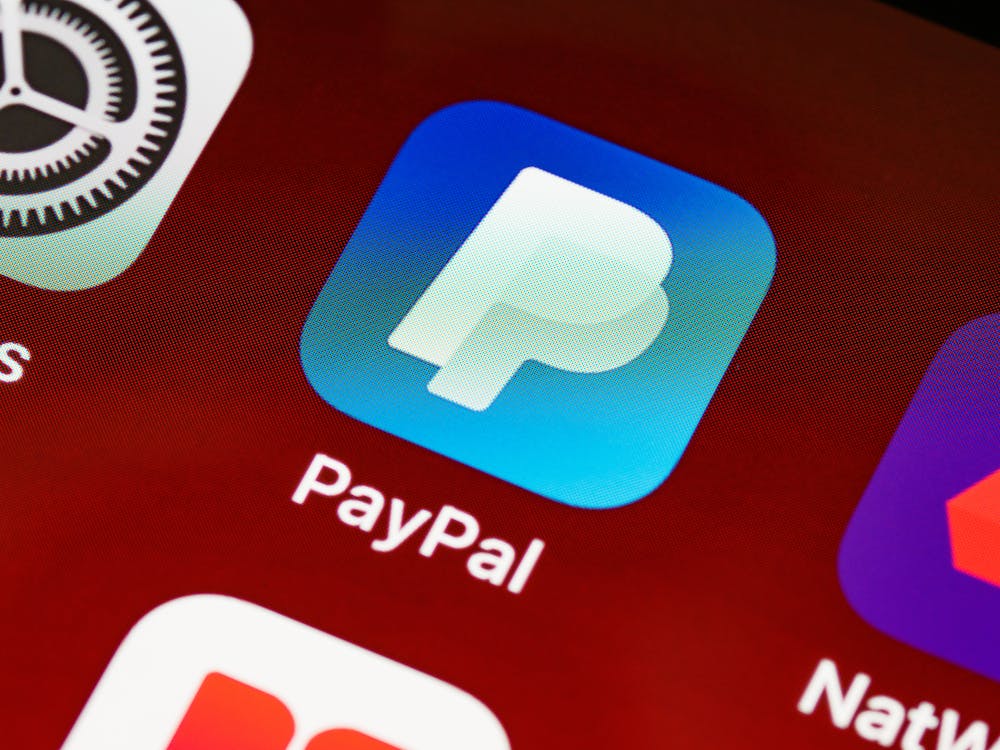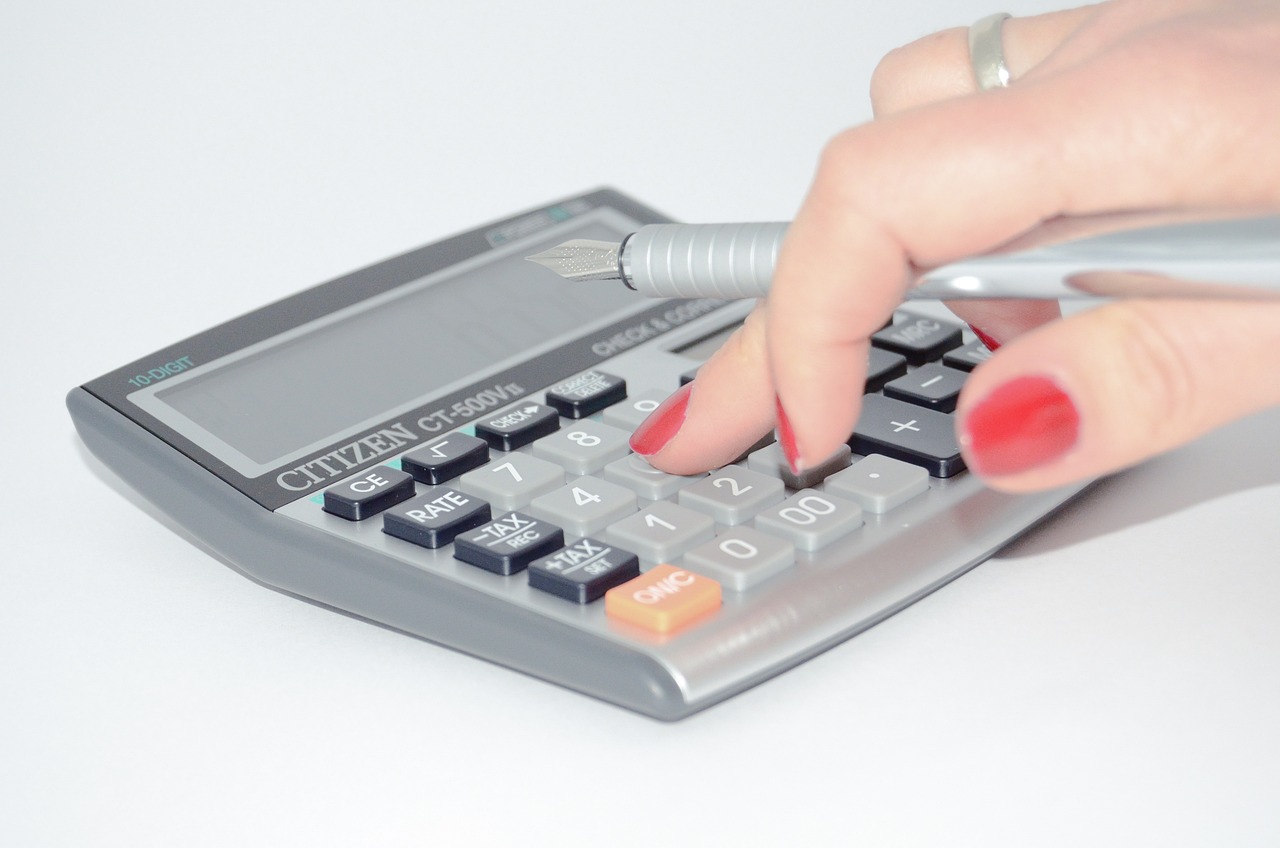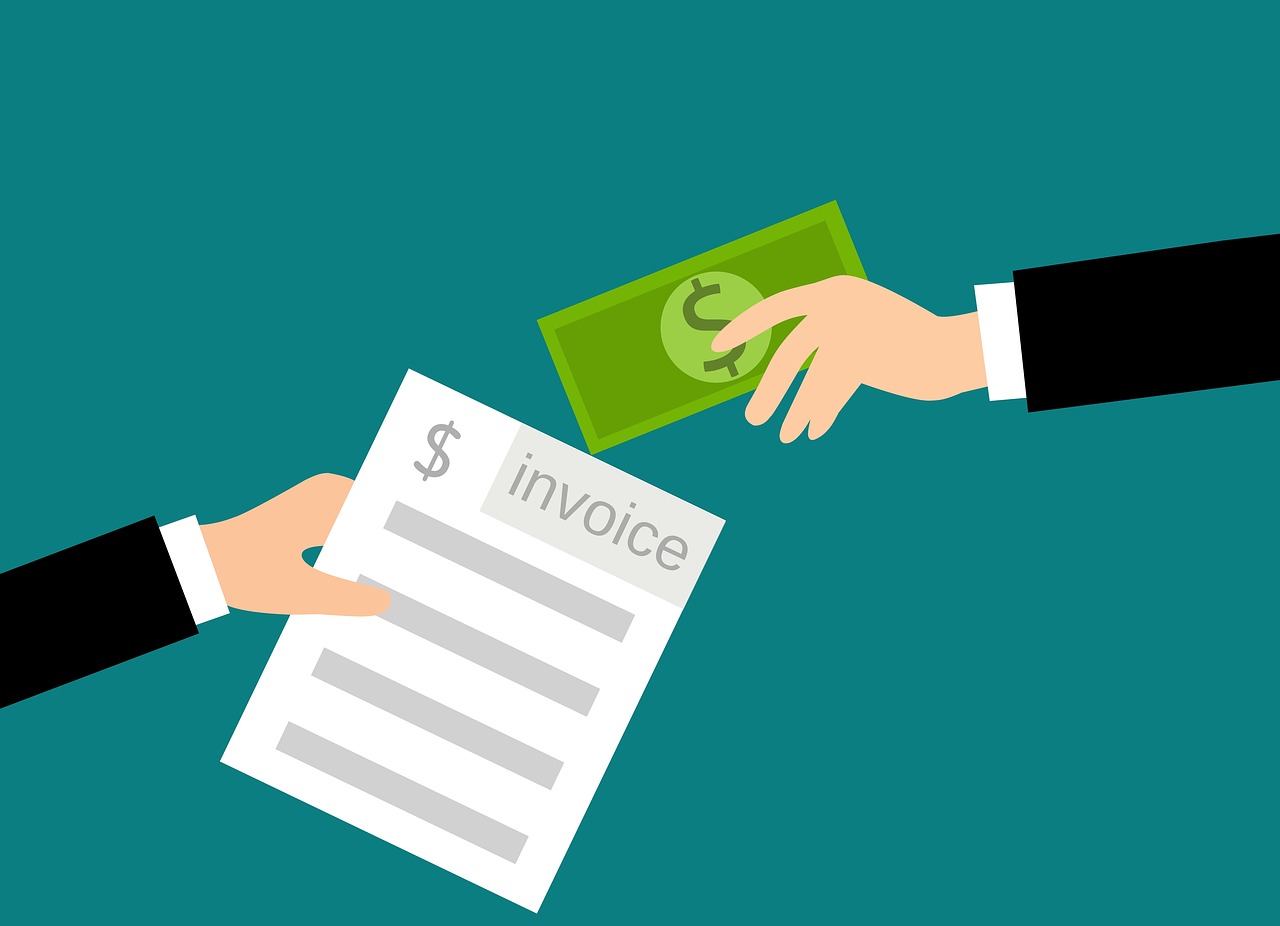What Is a PayPal Invoice?
In the vast realm of online transactions, PayPal has carved a niche for itself as a globally recognized payment system. But did you know it’s also a powerful tool for invoicing? With a PayPal invoice, you can seamlessly request and track payments, making it an indispensable tool for businesses and freelancers alike. This guide will dive deep into the world of PayPal invoices, explaining their ins and outs, and showing you how to leverage them to your advantage.
Definition and Overview of PayPal Invoices
In the world of business, an invoice is a crucial document that details a transaction between a seller and a buyer. However, when it comes to PayPal invoices, there’s a whole new level of convenience and efficiency added to the mix.
Understanding the PayPal Invoicing System
At its core, it is a request for payment that you send to your customers via the PayPal platform. It’s more than just a bill—it’s a versatile and interactive online tool that allows you to itemize services or products, calculate totals, and even include tax information.
What sets this system apart is its global reach and secure nature. With PayPal, you can send invoices to customers across the world in their currency, and the platform takes care of the conversion. Moreover, PayPal provides robust seller protection, guarding against potential fraud or payment disputes.
For freelancers or businesses offering services or goods online, the PayPal invoicing system provides an easy and secure way to manage transactions. Furthermore, we offer a handy
invoice generator that can help you streamline the process of creating professional and compliant invoices.

How PayPal Invoices Work
Understanding the full cycle, from creation to payment, can help you maximize its benefits. In this section, we will explore how to create, send, and track PayPal invoices.
Creation and Sending
The creation and sending process is straightforward. Here’s a step-by-step guide:
- Log into your PayPal account.
- Select “Create an Invoice” in your account dashboard.
- Fill in your customer’s email address and add the details of the goods or services provided.
- Customize it to your liking. You can add your logo, specify payment terms, or include a personalized message.
- Review everything and hit “Send.”
What if you need a more structured template? In this case, our
business invoice template can come in handy. It provides a professional structure that you can customize to your needs.
Payment and Tracking
Once the document is sent, the recipient can pay it directly from their email using a credit/debit card, PayPal balance, or bank account. They don’t need a PayPal account to pay, making the process quite convenient.
As a sender, you can track the payment status. PayPal notifies you via email when an invoice gets paid. Also, your account dashboard displays the status of all sent invoices, whether they’re paid, unpaid, or partially paid.
Speaking of partial payments, PayPal also allows your customers to pay in installments if you choose to enable this feature. You can easily manage these situations with our
partial payment invoice template.
With PayPal’s invoicing system, tracking payments becomes a seamless process, allowing you to keep your finances in check.

Features and Benefits of Using PayPal for Invoicing
PayPal’s invoicing system comes packed with a variety of features that differentiate it from traditional invoicing methods. Understanding these features and benefits can help you make the most of this powerful tool.
Unique Features
PayPal Invoicing stands out due to its unique features. Here are a few aspects that set it apart from other payment platforms:
- Different Payment Options: PayPal provides flexibility in terms of payment. Customers can pay via PayPal balance, bank accounts, credit/debit cards, or even PayPal Credit.
- Currency Conversion: If you’re doing business internationally, PayPal’s automatic currency conversion is a significant advantage. You can bill customers in their preferred currency, providing them with a smoother transaction experience.
- Seller Protection: PayPal offers seller protection for qualified transactions, providing peace of mind in the event of transaction disputes, chargebacks, or fraud.
With these unique features, PayPal invoicing provides an enhanced level of functionality compared to traditional invoicing methods.
Advantages for Your Business
The features of PayPal invoicing translate into numerous benefits for your business. Some key advantages include:
- Ease of Use: With an intuitive interface and user-friendly design, creating and sending invoices is straightforward.
- Security: Leveraging robust security measures, your transactions are safeguarded against unauthorized activities.
- Worldwide Acceptance: PayPal is accepted in more than 200 countries and supports multiple currencies, enabling you to do business globally with ease.
- Professional Appearance: PayPal invoices have a professional look, enhancing your business image and reinforcing trust with customers.
With these advantages, it’s clear that PayPal invoicing offers not only protection but also a powerful tool to enhance your business operations.
Tips for Creating and Managing PayPal Invoices Effectively
Creating an efficient and detailed payment request document can have a substantial impact on your financial operations cycle. It’s the cornerstone for swift and seamless transactions, keeping cash flow robust and business operations smooth. To optimize this process, let’s explore a series of optimal approaches.

Best Practices
Here are some tips to enhance the creation process:
- Customize: PayPal allows you to add your business logo, contact information, and other relevant details to your invoice. Doing this not only makes your documents look more professional but also reinforces your brand’s identity in the minds of your clients.
- Itemize Your Services or Products: Clear communication is crucial in invoicing. Make sure to list each service or product, its quantity, and the unit price separately. This transparency helps your clients understand exactly what they are being billed for, minimizing any potential disputes or confusion.
- Specify Payment Terms: Use the “Notes” field to clearly state your payment terms. Whether it’s net 30, net 60, or due upon receipt, your clients need to know when their payment is expected. This clarity can significantly reduce payment delays.
- Offer Multiple Payment Options: Including multiple payment options can make it more convenient for your clients to pay, potentially leading to quicker payments. With PayPal, you can accept payments through credit/debit cards, bank transfers, and even PayPal Credit.
- Send Reminders: It’s easy for things to get lost in busy inboxes. If a client hasn’t paid by the due date, don’t hesitate to send a reminder. This gentle nudge can often prompt a timely payment.
- Keep Track of Your Invoices: PayPal’s system allows you to see which invoices have been paid, which are pending, and which are overdue. Staying on top of this can help you manage your cash flow effectively.
By incorporating these practices, you can create well-structured, clear, and effective payment requests that foster timely payments and cultivate positive client relationships. Adopting strategies such as customization, service listing, clear payment terms, offering versatile payment alternatives, and sending timely reminders lay the groundwork for a streamlined billing and payment process. This not only augments your business’s cash flow but also promotes trust and professionalism with your clients. Lastly, ensure that you use our
fee calculator tool to manage transaction costs and uphold your profit margins.
Pulling It All Together: Mastering PayPal Invoicing
As we navigate the ocean of online transactions, PayPal invoices can serve as a reliable lighthouse. We’ve dived deep into what they are, how they work, their unique features, and how to create and manage them effectively. With this knowledge at your fingertips, now you can confidently use them to streamline your payment processes and enhance your business operations.
Radomir Novkovich
Co-founder of Saldo Apps. His core competencies include product management, mobile app marketing, financial advertising, and app store optimization.
Learn more








